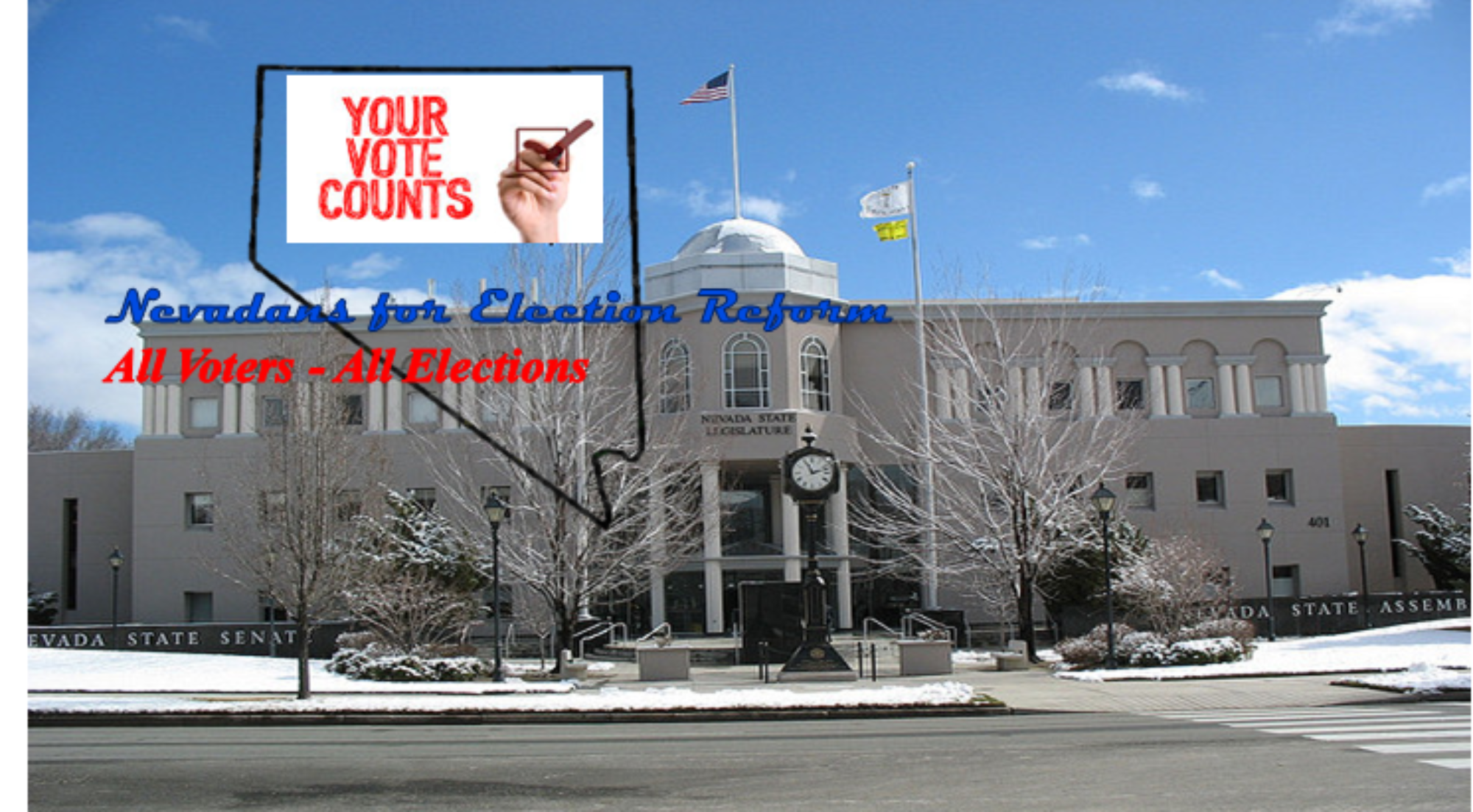From shouting matches, members storming out of the chamber, to alleged physical confrontation, the 2015 session of the Nevada Legislature had all the signs of being one of the most, if not the most, partisan session of that elected body. I talked to a few legislators and legislative observers following the session and all agreed on that point.
The stage was set by the 2014 election results. Republicans took control of the legislature and all executive offices. Republicans won races in Democratic majority districts because Democratic voters did not go to the polls. Statewide turnout was less than 46 percent.
Between the election and the start of the legislative session, anticipation of the debate on education and taxes was high, with both sides of the aisle laying the groundwork for high intensity discussions. The session did not disappoint.
Was the 2015 session one of the most partisan? To answer this question, I looked at every vote on every bill, both in committee and on the floor, from the last four regular legislative sessions; 2009, 2011, 2013, and 2015.
How many bills were not voted out of committee?
How many bills did not receive a floor vote?
How many votes were unanimous?
How many votes were along party lines?
How many bills were not voted out of committee?
Just under 30% of the bills did not get a committee vote in the originating chamber. Another 5% did not get a committee vote in the second chamber. Third and fourth respectively and around the average.
How many bills did not receive a floor vote?
8% of the bills did not get a floor vote in at least one chamber. This includes bills that were referred to a second committee and not voted on. This was the highest percentage of the four sessions. The average was 7%.
How many votes were unanimous?
Of the bills that received floor votes, 54% got unanimous votes in both chambers. This was the second lowest total and well below the average of almost 58%. Conversely, the session had the highest percentage of bills with a unanimous vote from one chamber, almost 41%. Again this was well above the average of slightly over 34%.
This trend was similar for committee votes. Of those making it out of committee, just over 69% received unanimous votes from committees in both chambers (2nd highest) while over 35% received unanimous votes from committees in one chamber. Again, this was the highest of all four sessions and those votes were mostly Senate committees. The average for unanimous votes from all committees was just under 68%; slightly over 31% for one chamber.
How many votes were along party lines?
The antithesis of unanimous is party line. For reasons I do not know, 2011 had the highest number of party line votes, both on the floor and in committee of these four sessions. However, 2015 was close behind. The average for party line votes on the floor in both chambers was 1%. 2015 was 1 ½%. The average for party line votes in one chamber was just under 5%. 2015 came in second at the average.
For party line votes in committee, again 2015 was second highest just after 2011. The average for party line votes in all committees was slightly less than 2%. 2015 came in second at 2 ½%. For party line votes for committee votes in one chamber the average is 9 ½%. During the 2015 session, almost 12% were along party lines in one chamber.
The 2015 session of the Nevada Legislature was one of the most partisan, if using the last four sessions as a reference point is accepted as valid.
There’s nothing wrong with respectful disagreement. There’s nothing evil about votes that are not unanimous. They are just indicators. What is important is that the political environment, where regardless of the level of disagreement, respectful discussion and collaboration can take place so the interests of all residents can be best served is maintained. The type of actions mentioned in the first paragraph shouldn’t happen. The Nevada Election Modernization and Reform Act of 2017 (NEMRA – 2017) is a means to ensure that type of environment exists.
